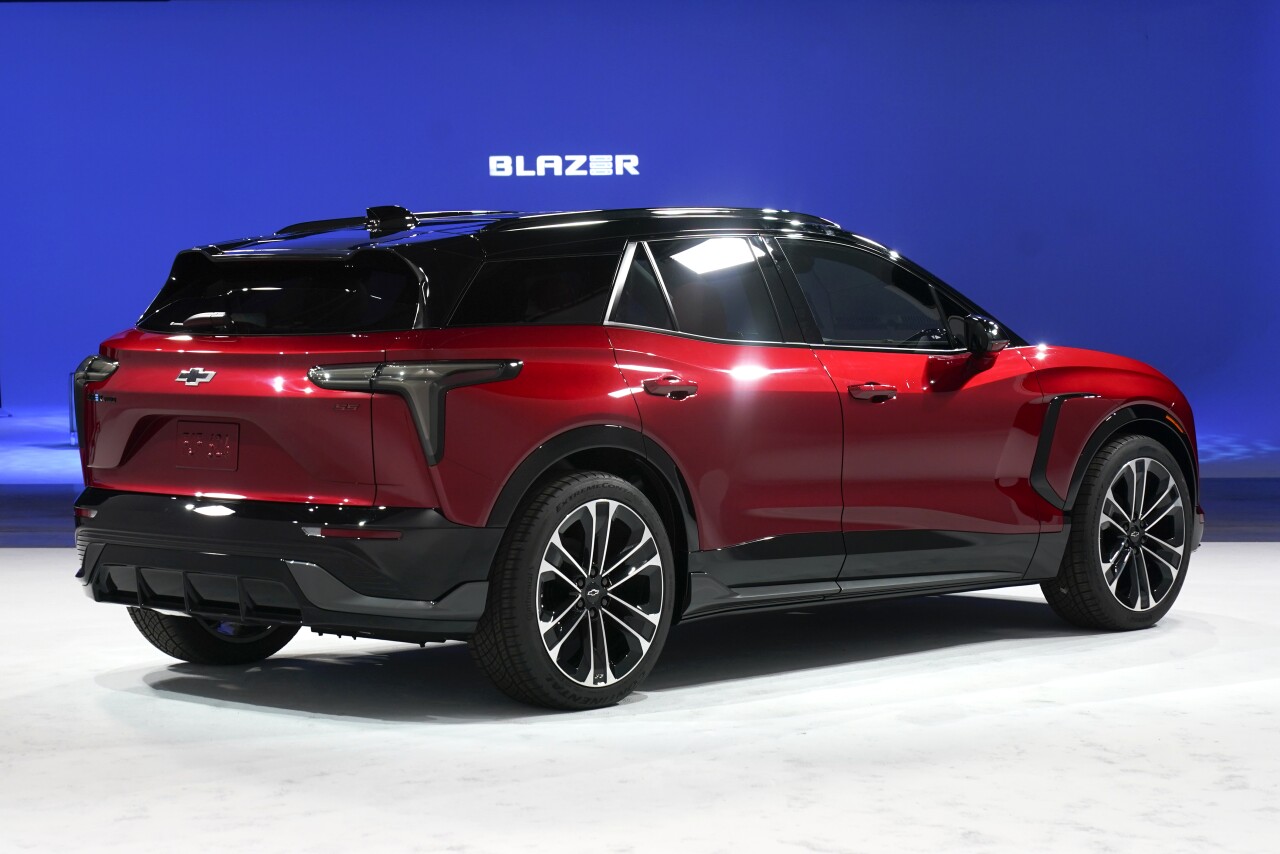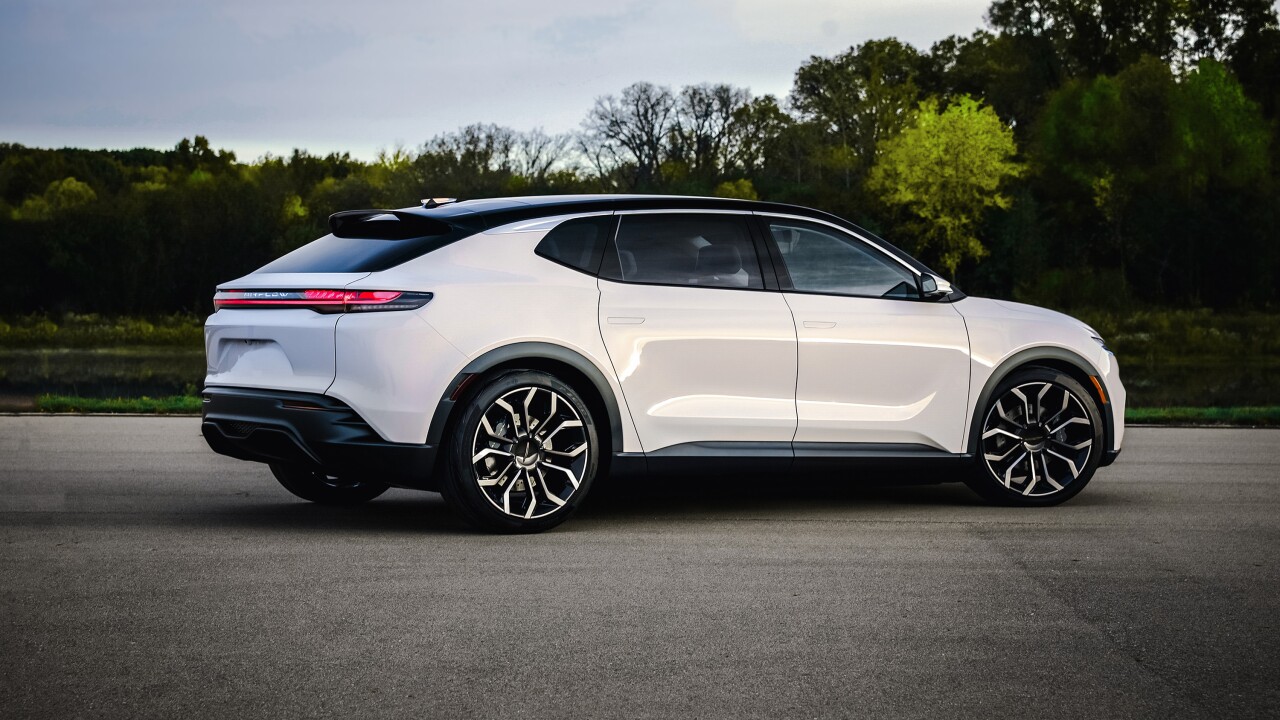DETROIT (WXYZ) — With the passage of the Inflation Reduction Act, America is putting more money into the climate fight than it ever has before.
One of the ways the law aims to cut America's carbon footprint is to invest in the electric car market and drive consumers, especially middle and lower-income earners, to buy EVs.

When it comes to the EV tax credits under the IRA, things get complicated.
“These EV credits will absolutely help EV sales," said John McElroy with Autoline. "But it’s not like it’s going to set the world on fire. Very few electric vehicles for these credits.”
That's mostly because to qualify, EV batteries must be built in North America with minerals sourced or recycled from North America.

Given the current supply chain in North America and the United States, many experts suggest that's a tall order.
The cars must also be assembled in North America.
In to qualify for the full federal tax credit, 40 percent of the metals used in an EV’s battery must come from North America. That requirement increases over time, reaching 80 percent by 2027.
“In 2024, 50 percent of the battery by value has to be sourced in the United States. And, every year that goes up until by the end of the decade 100 percent of the battery has to be made in the U.S.," said McElroy.
But even if that metals requirement is not met, automakers and buyers are still eligible for half of that federal credit, $3,750.
The U.S. Department of Energy released this list of 31 EVs likely to qualify. But that list is likely to change too, since certain provisions if the law go into effect at different times, some kicking in 2023 and others in 2024.
“In the short term it’s going to mean a lot of confusion," Chris Harto said. He's a senior policy analyst at Consumer Reports.
One way to be sure what an EV qualifies for in terms tax credits is to enter the VIN number into a VIN decoder on the U.S. Department of Transportation's website, so you can see where the final assembly occurred.

The new law offers up to $7,500 on qualifying new EVs and up to $4,000 on used EVs.
“The used EV tax credit starts at the beginning of 2024. So if you’re in the market for a used EV you might wait a couple of years," Harto said.
So, who qualifies?
A new EV buyer who is single must make no more than $150,000 annually, and a buyer who is married cannot make more than $300,000 in order to qualify.
There are also MSRP caps under the new law. A pick-up or electric SUV cannot be over $80,000. Smaller EVS and sedans cannot exceed $55,000.
Click hereto learn more about the IRA tax credits for EVs and important dates to keep in mind.



